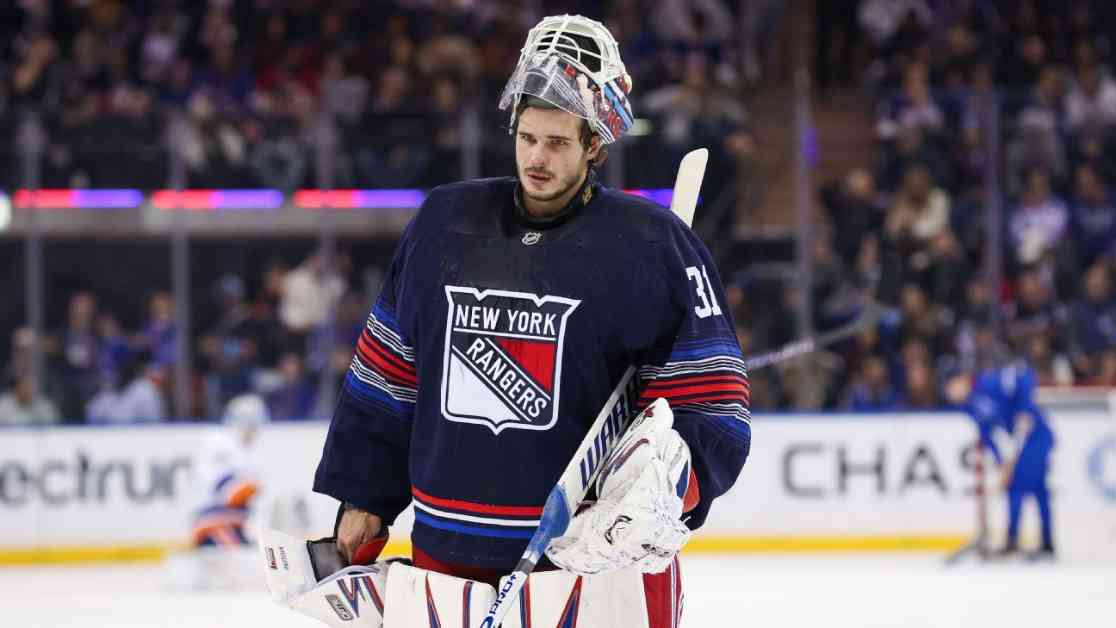The negotiations between the New York Rangers and goalie Igor Shesterkin have caught the attention of the entire NHL. Shesterkin turned down a lucrative offer at the start of the season, aiming to become the highest-paid goalie in NHL history. His exceptional performances on the ice have garnered praise from coaches and players across the league.
Goalie contracts in the NHL have become a topic of debate, with teams facing challenges in determining fair compensation for these crucial players. While top forwards and defensemen command significant salaries, goalies are often undervalued despite their unique role on the ice. The difficulty in evaluating goalie performance and projecting future success adds complexity to contract negotiations.
Recent contracts signed by goalies like Jeremy Swayman and Jake Oettinger reflect the growing trend of increasing salaries for top goalies. However, the disparity between goalie salaries and those of skaters highlights the ongoing debate over the value of goaltending in the NHL. Teams must balance the need for elite goaltending with the financial constraints of the salary cap.
The success of teams like the Florida Panthers, who won the Stanley Cup with a highly paid goaltender, Sergei Bobrovsky, and the Vegas Golden Knights, who achieved success with a lower-paid goalie, Adin Hill, demonstrates that there is no one-size-fits-all approach to building a winning team. Each team must consider its unique roster composition and playing style when investing in goaltending.
The challenges of evaluating goalie performance extend to the use of advanced analytics in assessing their contributions to a team. While traditional stats like save percentage provide some insight, they may not capture the full impact of a goalie’s performance. Factors like high-danger save percentage and compatibility with a team’s defensive system are crucial in understanding a goalie’s value.
The evolving nature of the game, with increased offensive creativity and faster-paced play, poses additional challenges for goalies. The trend towards goalie tandems and shared workload reflects a shift in how teams approach the goaltending position. Cost certainty and salary cap management are key considerations for teams when structuring goalie contracts in today’s NHL landscape.
As the league awaits a resolution in Shesterkin’s contract negotiations, the future of goalie compensation hangs in the balance. His potential record-breaking deal could set a new standard for goalie salaries and reshape the market for the next generation of NHL goalies. Ultimately, the value of goaltending in the NHL will continue to be a topic of debate as teams strive to find the right balance between performance and financial considerations.


















